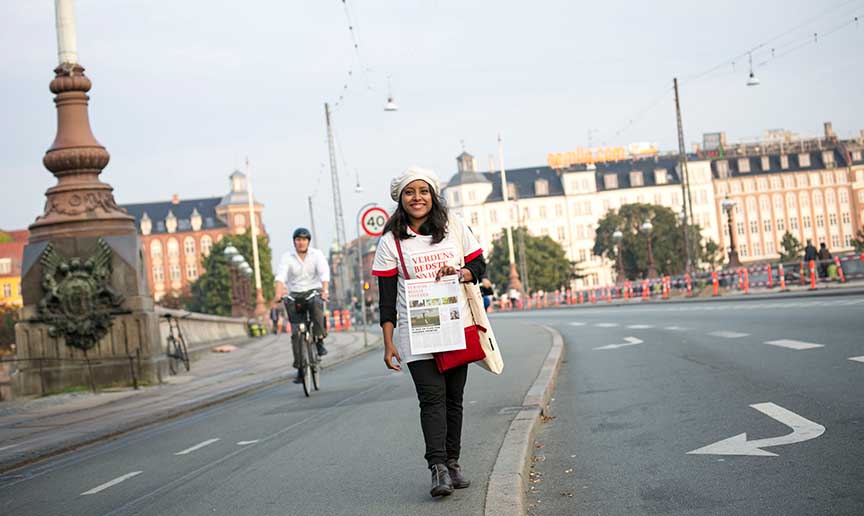
Constructive Journalism
Why do we need another view of the world? Here is a short introduction to constructive journalism and how we work with it.
What is constructive journalism?
The Constructive Institute describes the concept like this:
“Constructive journalism is a response to increasing tabloidisation, sensationalism and negativity bias of the news media today. It is an approach that aims to provide audiences with a fair, accurate and contextualised picture of the world, without overemphasising the negative and what is going wrong. While a healthy dose of negativity in the press is undoubtedly necessary, the chronic overexposure of negative [news] constitutes a hidden media bias that has an erosive effect on the societies we live in. (…) Constructive journalism takes journalism’s democratic function seriously (…) Constructive journalism, therefore, seeks to facilitate public debate not only around important problems, but also around possible solutions to improve the quality and the tone of public discussions”.
World’s Best News’ work is based on the idea of “constructive journalism”. While this term is slowly getting more well-known amongst professionals, the concept of constructive journalism is still not very widespread. We want to change that.
“If it bleeds, it leads”
It’s deeply ingrained in ‘classical’ journalism to focus on conflicts and problems in society. The most important role of media in a free and open society is to hold power accountable to the public by reporting on unsolved issues, prejudice, abuse and so on. We report on what need to be fixed – in the hope that it will make someone fix it.
But while being critical is essential to all quality reporting, it often gets out of hand in mainstream media, leading to extremely negative ‘breaking news’ that revolve around wars, hunger, and natural disasters. While big disasters are surely part of reality, such news stories do not show the whole picture.
We risk creating problems instead of solving them
The media are not only describing the world – they also affect it. The ultimate consequence of an overly negative biased media landscape is that the readers, viewers, or listeners become overwhelmed and numb from a feeling of hopelessness. If they haven’t just stopped following the news already. A Reuters Institute survey in 2017 showed that the major reason for avoiding the news among the public is that it affects their mood negatively.
Another consequence of one-sided news reporting is that the public become misinformed. In Denmark, surveys show that the public have an overly negative perception of the course of global development. But the situation is actually often a lot better than what most Danes think. When the Danes are asked to what degree they think there is progress in combating global extreme poverty, a clear majority answer either “to a little extent” or “not at all”. Reality is that global extreme poverty has gone down by more than 70 percent since 1990, according to the UN.
World’s Best News’ approach
The is no doubt that our perception of the world affects our actions and choices. Therefore, the media should aim for a nuanced presentation of reality – describing both the good, the bad, the problems, and the solutions. Since the reporting on progress and solutions is being neglected in current mainstream media, World’s Best News has decided to offer a helping hand.
Rather than subscribing to a dystopian world view on one hand, or glossing over the world’s problems on the other, World’s Best News is using constructive journalism to illustrate some of the progress being made in global development in recent decades. And to shine a light on the possible solutions on the challenges we face while moving towards a more sustainable world. We aim to inspire our readers and bring about fact-based hope.
Our constructive journalism is based on:
- a focus on progress, possibilities and solutions to the big challenges facing the world today
- a critical but not negative approach
- adding perspective and looking at global trends – telling big stories through small examples
- showing people who take action, rather than being passive victims
- building relations with our readership by inspiring hope and belief that we can change the world